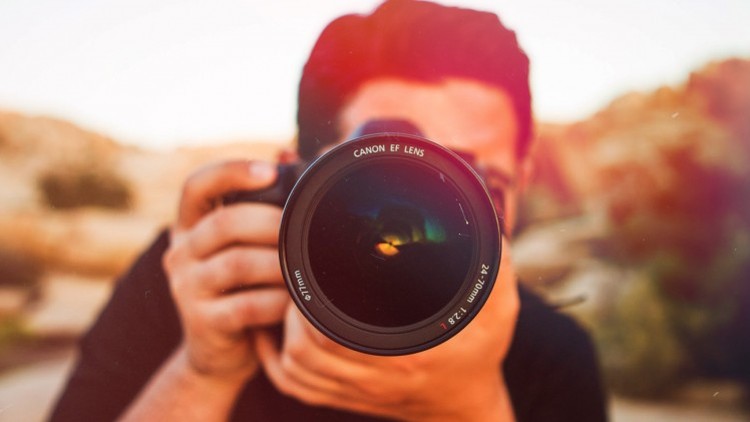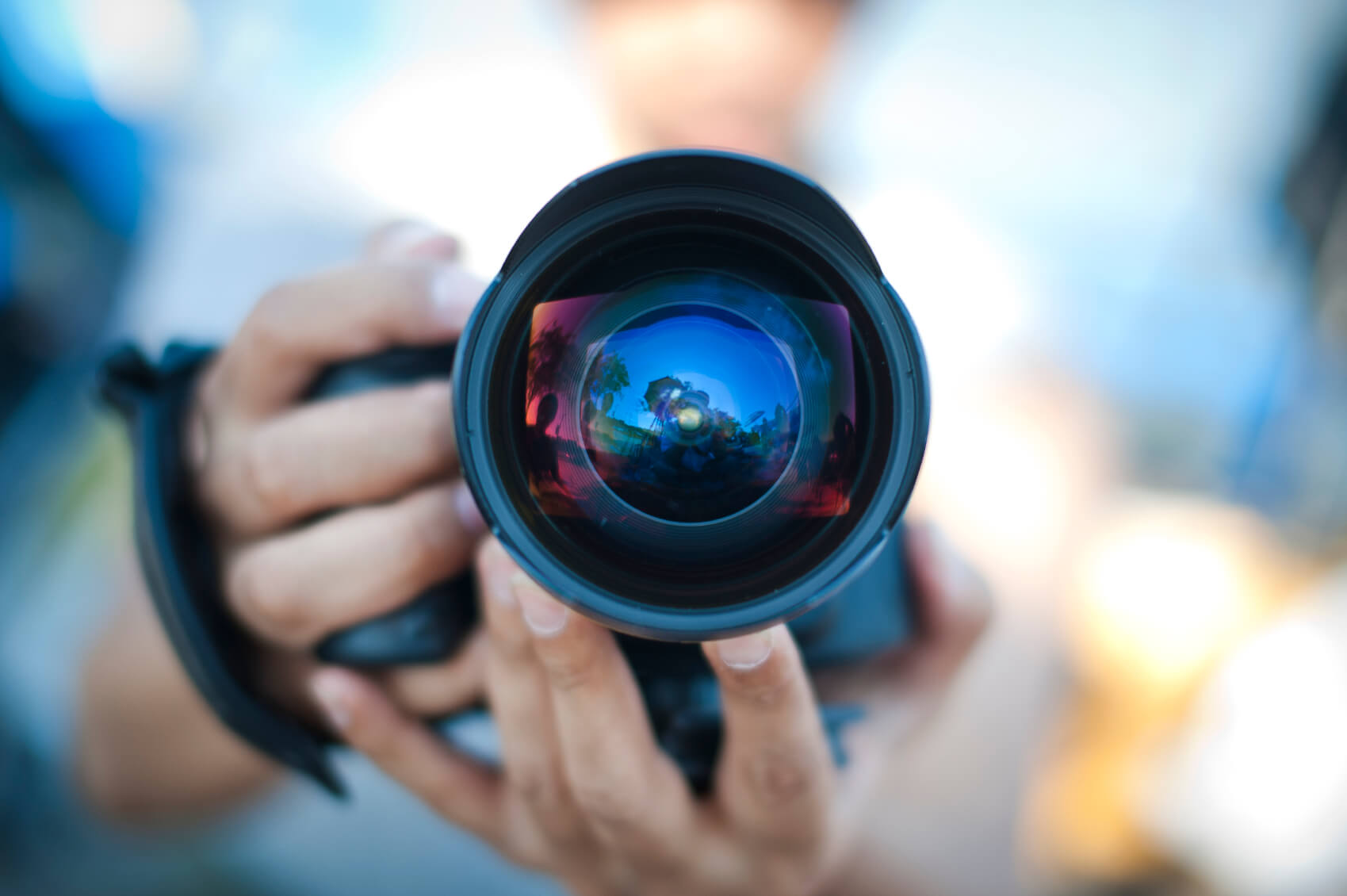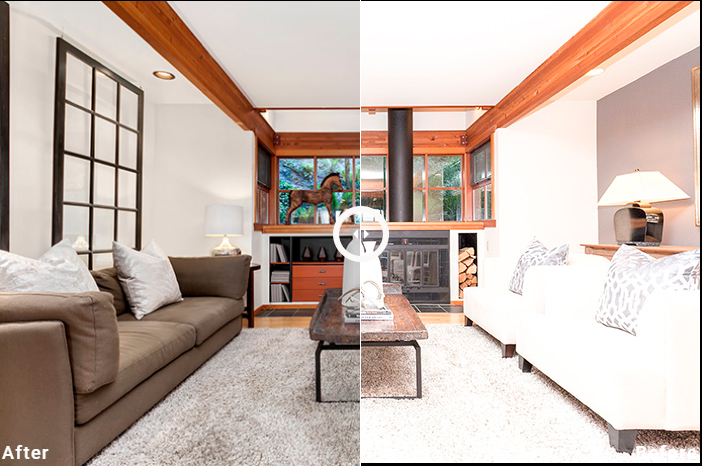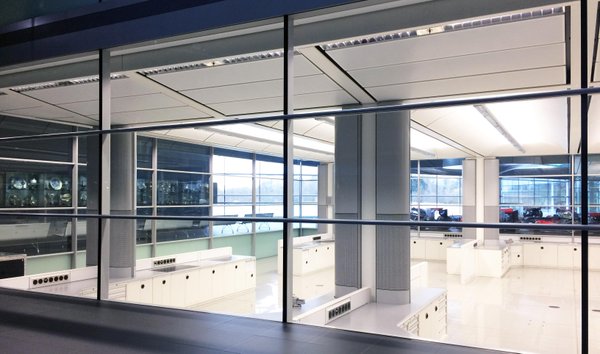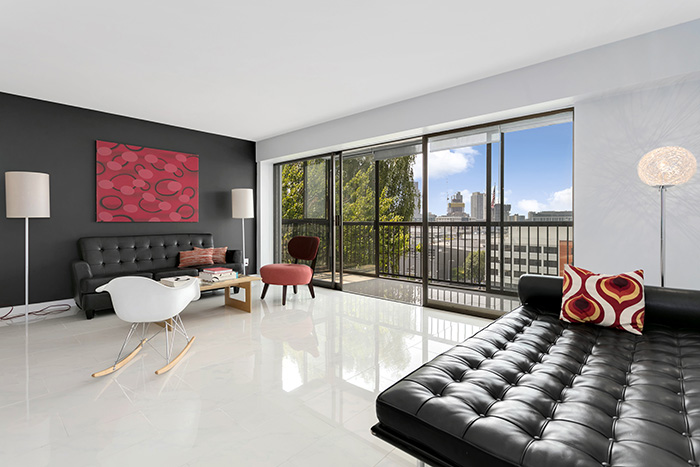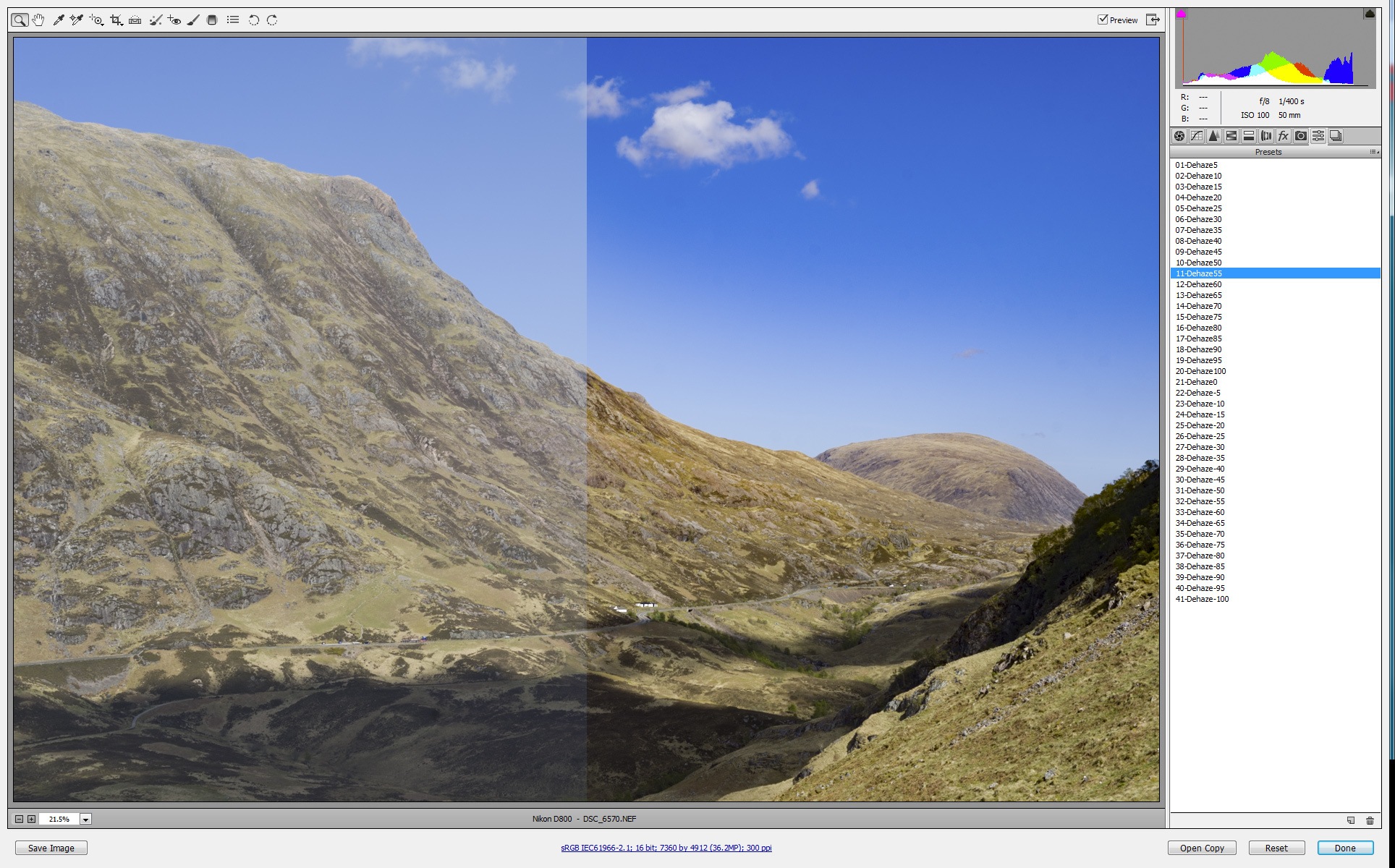As a photographer, networking is a skill that you need to master. This is one of the effective ways to connect to more potential clients while establishing your name as a photographer. This is even more important for real estate photographers who rely on business owners, brokers, and homeowners for projects.
Aside from traditional networking, the different social media platforms online are serving as great avenues for networking and connecting with people. Real estate photographers can use these as an avenue.
Facebook
Facebook is still the number one social media platform to reach more people. It is the most popular social network today across all demographics, especially for those in their 50s and beyond. There are two billion users worldwide and it is the platform where people spend most of their time on.
If you have a personal Facebook account, create a designated Facebook page for your business. This will allow you to set up a profile that is separate from your personal profile. You can showcase your work, projects, and setup a messaging avenue with your page. This also lets you customize it with events or stories. Make sure that you build a solid and consistent branding on your Facebook page. Try to not post personal stuff on your page and curate its content.
With a Facebook page, you can also advertise and reach more potential clients. Create effective sales funnel or promote your website through Facebook.
To start your own page, just go to facebook.com/pages/create. Choose the right category and a more specific category option from the drop-down menu. Fill out the required information and get started. Make sure that you create the right profile by identifying your field of work, location, contact details, and testimonials.
Instagram
Instagram is an image-based social media platform that works well for photographers. This can be a great tool to promote your work without overselling yourself. Remember, don’t put everything from your portfolio. You can use Instagram to curate your best photos while also sharing bits about your profession and life. Add some behind-the-scenes shots from projects to show a more human side to your business. Be curt with your profile and use the right hashtags on your photos.
If you’re still not on Instagram, just download the mobile app on your smartphone and sign up with your email. Then, start creating your account. Post photos regularly and make sure you connect and engage with your followers and other people in the real estate field.
Twitter
Having a Twitter account is a great tool for connecting with business and influencers. Twitter is very different from other social platforms since you are restricted to 140 characters. This brevity makes it appealing to millions of its users.
Use Twitter to promote your content and to market your work. Link up your blog post or post photos from your recent projects. Follow other photographers and real estate agents in your area. Connect and network with people from your industry. Remember that Twitter is all about community, so connect, tweet, and retweet content.
To create a Twitter account, just go to the website and enter your full name, phone number, and password. Sign up for Twitter and verify your account. Then, you can start filling out personal information and adding photos to finish up your Twitter account. Download a Twitter app on your phone so you can easily send tweets.
Pinterest
Although this social platform is used by mostly women who look for crafting or fashion inspiration, Pinterest can be used for businesses as well.
The best way to use Pinterest is to promote your work. Link up your website through your stunning images. Make sure that you create appropriate boards that connect to your work, such as home design, interior, or even photography. Describe each of your pins and ensure that your photos are all watermarked. A testimonial board will also work for you. You can do all these to promote your services while also increasing traffic to your site.
Go to Pinterest’s website or download the mobile app to create your account. Just input the necessary details and you’re ready to go.
Flickr
This platform is used by many photographers all over the world. Whether you are a professional photographer or a hobbyist, there’s a place for you on Flickr. Created by Yahoo!, Flickr can be used a sort of portfolio for your work. It’s a great tool for organizing and sharing your photos. You can link to your photos for your website or blog and categorize it accordingly.
You can also join relevant groups that are made for specific interests. There are groups for real estate photographers or for photographers with Canon, Nikon, or Fujifilm cameras. Joining groups allows you to network with other photographers or real estate brokers.
To create a Flickr account, just go to the website and sign up. Fill out the needed information and you can now start uploading your photos.








